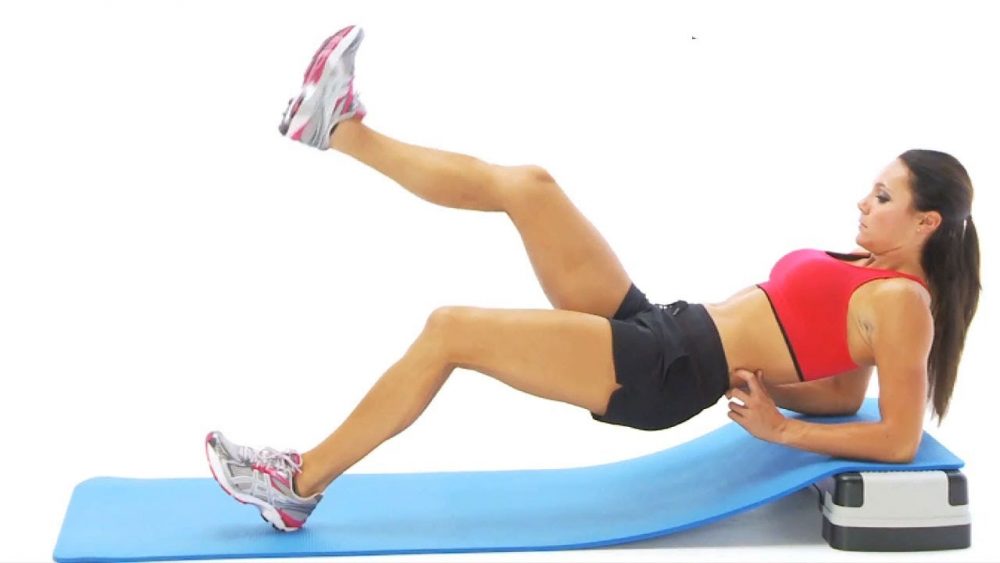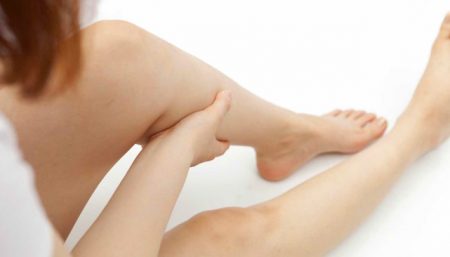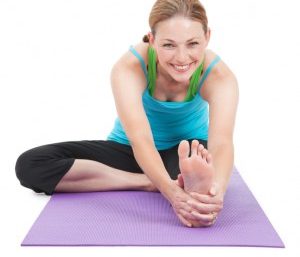Finding and correcting hamstring-quadriceps imbalance is absolutely vital for injury prevention and reaching your full fitness potential. One study published in the American Journal of Sports Medicine found that 70 percent of athletes with recurrent hamstring injuries suffered from muscle imbalances between their quadriceps and hamstrings. After corrective strengthening and stretching of the hamstrings the imbalances every person in the study went injury-free for the entire 12-month follow-up. Don’t let weak or tight hamstrings develop into injury and limit your fitness potential.
| Muscle imbalance results from weakness, poor flexibility and inadequate endurance in either the agonist or the antagonist. |
Single-Leg Stiff Leg Deadlift
This is an awesome hamstring exercise you can do at home or at the gym. Its a single leg stiff legged deadlift
- In the start position you are standing as straight and upright as you can with your shoulders held back and your chest thrust out. Most or all of your weight is on the foot closest to the kettlebell. The knee is bent slightly and will remain immobile like this the whole time, no bouncing up and down with the leg.
- As you go down slowly, the trailing leg is straight and in line with your torso. The chest remains thrust out and the shoulders held back. The torso is held immobile in this neutral position the whole time, no rounding or arching. To balance, remember that your arm holding the kettlebell is the primary balancing tool, don’t try to do all the balancing with your foot.
- Go down as far as you can to get a good stretch and hold it at the bottom – feel the stretch. If you are very limber you will have to do this standing on a sturdy footstool or block of wood.
Box-Squats
This is a great movement for helping balance your lower backside and frontside muscles. Remember, the posterior chain (lower backside muscles) has the greatest overall effect on your athletic performance.
Box heights can range anywhere from 6-24 inches to get you to parallel, depending on your height and anatomical structure.

- Position the bar on the back of the shoulders, taking a wide grip on the bar (if using a barbell).Carefully dismount the barbell, take a step backwards so you’re in front of the box, and position the feet at a suitable width stance.
- Torso should remain erect, eyes fixed in front of you.
- Descend with the barbell by bending at the knees and hips, keeping good posture throughout the exercise.
- Stop descending once your backside touches the box. Do not sit on the box.
- Push through the heels, extending the legs and hips to ascend back to the starting position.
- Repeat for the desired number of repetitions.
Leg Curl
This exercise works the hamstrings (the muscles situated at the backs of the thighs).
- Fully extend your legs with ankles on top of a cushioned pad and your back at right angles to your legs.
- Slowly bend your legs so that you’re in a normal sitting position, pause, then return your legs to their outstretched staring position. Remember to exhale as you lift the weights and inhale as you lower them.
- The whole exercise should take around four to six seconds.
Hip Extension

- On a flat or inclined step or platform, lie facedown with hips on the edge of the step, legs straight out behind you with toes resting lightly on the floor.
- Squeeze the glutes and hamstrings and straighten the legs until they are level with the hips.
- Hold for 2-3 seconds, and lower letting toes lightly touch the floor.
- Repeat for 2-3 sets of 8-12 repetitions.
Lower Half Lunge
- Start in a lunge position with your back knee on the ground.
- Keeping your chest up, torso straight and belly pinned to the spine, bring your knee off the ground until you’re halfway up. Then go back to the ground.
- Do 15 pulses each leg and perform slowly for best results.
A quad-hamstring muscle imbalance is hard to rectify. Once you injure your hamstrings, it can take weeks or months to heal. Unless you take action to strengthen your hamstrings, you are vulnerable to reinjuring your hamstrings.
Disclaimer
The Content is not intended to be a substitute for professional medical advice, diagnosis, or treatment. Always seek the advice of your physician or other qualified health provider with any questions you may have regarding a medical condition.



